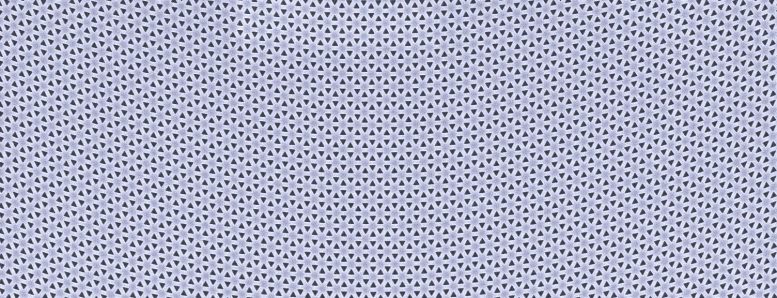
Researchers have demonstrated how to manipulate light at nanoscale using photonic crystals, simulating the effects of magnetic fields on electrons. This breakthrough in photon manipulation can significantly impact the development of nanophotonic chips, improving devices like lasers and quantum light sources. (Artist’s concept.) Credit: SciTechDaily.com
AMOLF researchers, in collaboration with Delft University of Technology, succeeded in bringing light waves to a halt by deforming the two-dimensional photonic crystal that contains them. The researchers showed that even a subtle deformation can have a substantial effect on photons in the crystal. This resembles the effect that a magnetic field has on electrons.
“This principle offers a new approach to slow down light fields and thereby enhance their strength. Realizing this on a chip is particularly important for many applications,” says AMOLF-group leader Ewold Verhagen. The researchers published their findings in the scientific journal 
Electron microscopy image of a photonic crystal. The diameter of the triangular holes is 300 nanometer. The curvature of the crystal array stops the light waves in the crystal from moving. Credit: AMOLF
Photonic Crystal
In a collaboration with Kobus Kuipers of Delft University of Technology, the group of Verhagen indeed demonstrated a similar effect for light in a photonic crystal. “A photonic crystal normally consists of a regular – two dimensional – pattern of holes in a silicon layer. Light can move freely in this material, just like electrons in graphene,” says first author René Barczyk who successfully defended his PhD thesis on this topic last year. “Breaking this regularity in exactly the right manner will deform the array and consequently lock the photons. This is how we create Landau levels for photons.”
In Landau levels light waves no longer move; they do not flow through the crystal but stand still. The researchers succeeded in demonstrating this, showing that the deformation of the crystal array has a similar effect on photons as a magnetic field on electrons.
Verhagen stated, “By playing with the deformation pattern, we even managed to establish various types of effective magnetic fields in one material. As a result, photons can move through certain parts of the material but not in others. Hence, these insights also provide new ways to steer light on a chip.”
Simultaneous Experiments
The work of Verhagen and his team was inspired by theoretical predictions of researchers at Pennsylvania State University and DOI: 10.1038/s41566-024-01412-3